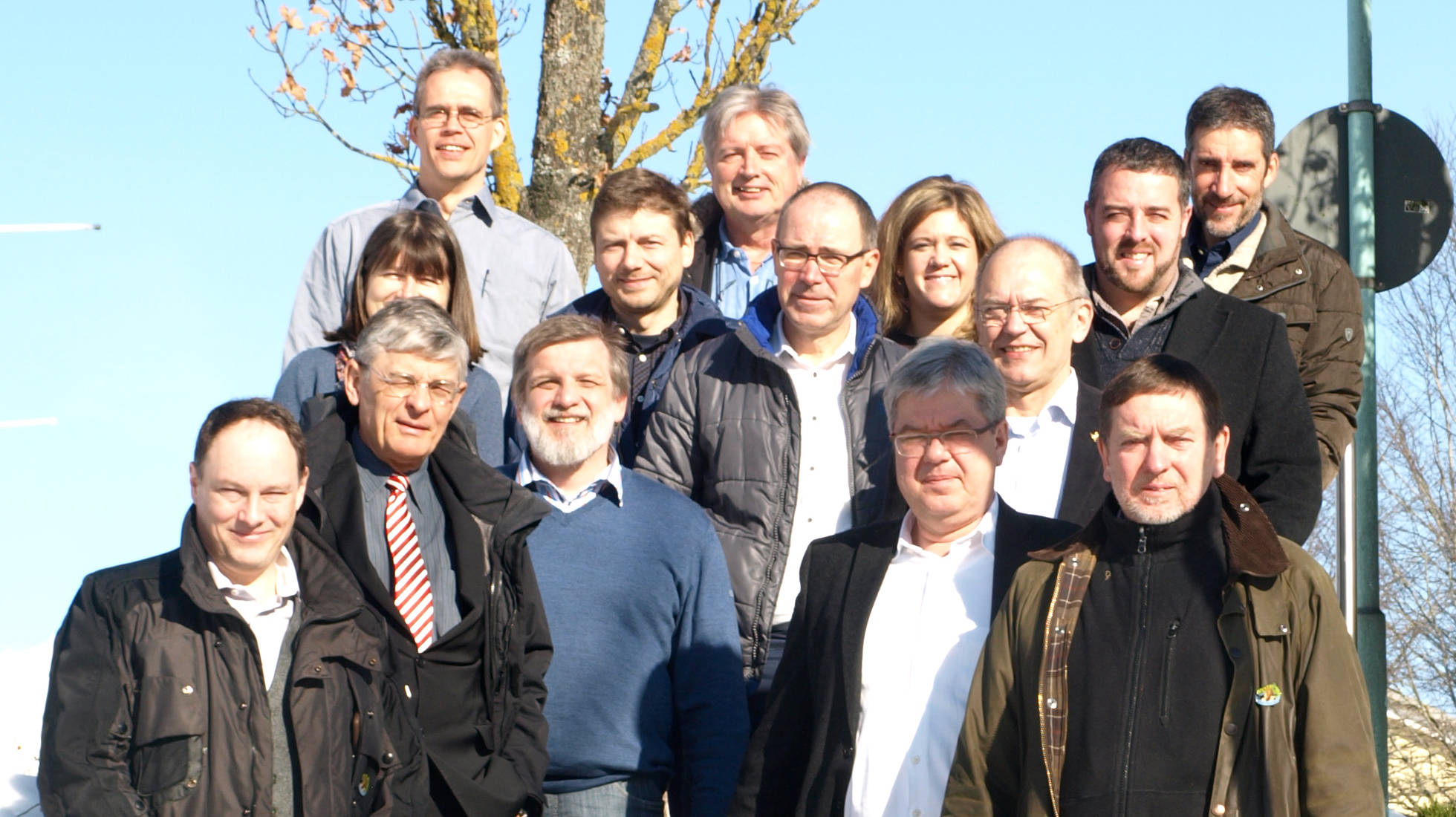Experts from 5 European countries met for the kick-off meeting of SMARTER-SI
The EU project SMARTER-SI is to offer a new type of manufacturing platform for microsystems throughout Europe, on which innovative and intelligent sensor systems can be manufactured cost-effectively in small and medium quantities. Around 5.3 million euros in funding will flow into the development and testing of this platform over the next three years.
Special technologies for the production of mechanical and optical sensors made of silicon, MEMS and MOEMS for short, are coming from the CiS Research Institute in Erfurt.
The international consortium of seven research institutions from Germany, Switzerland, Spain, Ireland and Sweden, as well as seven international companies and other associated partners, has set itself the goal of establishing a joint manufacturing platform for intelligent systems in small quantities. This platform offers small and medium-sized enterprises (SMEs) the opportunity to bring their product innovations to series maturity at low cost and without lengthy development efforts. The project is based on the idea of combining existing technology components at the project partners in order to jointly offer solutions with significantly better technical properties.
“With SMARTER-SI, we not only have a unique portfolio of high technologies. Numerous components and subsystems with a high degree of technological maturity are available from the project partners, which have already been tested in practice and are used in marketable products. We would like to pass on this competitive advantage to SMEs in order to be able to develop products quickly and in the required high quality, is how Dr. Thomas Ortlepp, Head of Research & Development at the CiS Research Institute describes the purpose of SMARTER-SI.
“The demand directed at all research partners is to provide the interfaces between the technologies. Once this is achieved, further, new opportunities will open up in Europe,” Ortlepp adds.
Smart systems are characterized by functional diversity and intelligence. In addition, various key technologies with state-of-the-art machines are used in production. Each partner on its own can only cover a small area of the technologies available today, because the technical and commercial risk is simply too high. For this very reason, the project creates excellent opportunities for the rapid implementation and market launch of new innovations.
Initial product ideas have already been taken up and are to be implemented over the next three years, also with the participation of Thuringian companies.
At least six more companies are to be added as project partners in the course of 2015. Technology mix, feasibility and, last but not least, the market potential of the target product are the selection criteria of the SMARTER-SI consortium, which aims to attract first-time users of the new manufacturing infrastructure with this offer.




